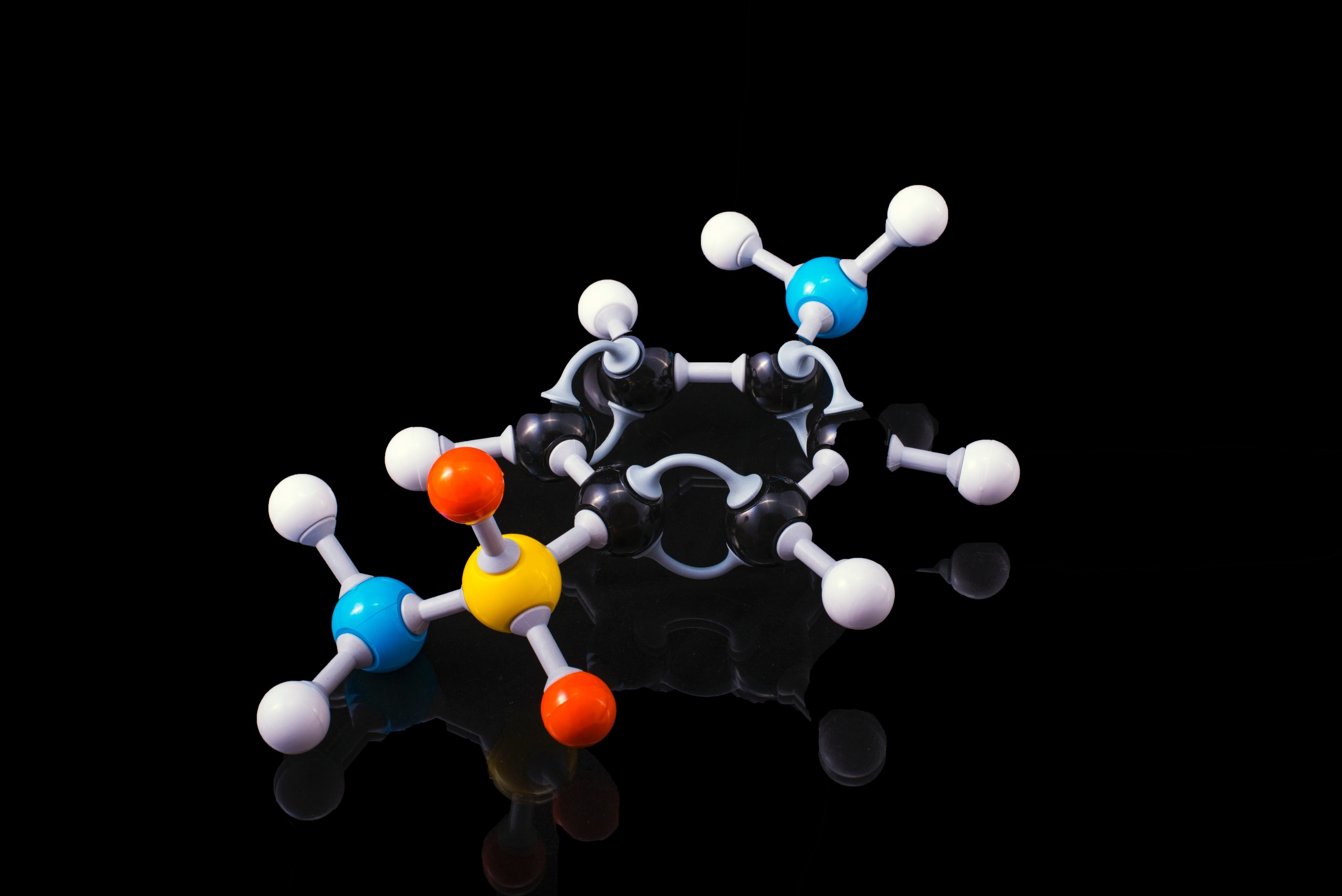
Welcome to our comprehensive guide on covalent bonds. In this exploration, we’ll cover everything from defining a covalent bond, its formation and types, to its various properties. We’ll delve into the exciting world of practical applications, explain a hands-on experiment, and provide a glossary of essential terms related to covalent bonding. Furthermore, we’ll highlight the crucial role a private chemistry tutor or dedicated chemistry classes can play in enhancing your understanding of this complex topic.
Find a chemistry tutor at meet’n’learn! Our qualified teachers can help you excel. Visit meet’n’learn now.
Understanding the Covalent Bond
A covalent bond is a chemical bond where two or more atoms share electrons, allowing them to attain a stable electron configuration. They are prevalent among non-metals, forming a significant part of various biological structures and natural phenomena.
The basis of covalent bonding lies in valence electrons—the electrons that occupy the outermost shell of an atom. When two atoms come close, they can achieve stability by sharing their valence electrons, resulting in a covalent bond. This concept, although simple, forms the backbone of countless chemical structures in nature.
Why Covalent Bonds Matter
Covalent bonds play a crucial role in the architecture of the universe at the molecular level. They’re not just a figment of chemistry textbooks but an integral part of our world. The very fabric of life—DNA—is held together by covalent bonds. The water we drink, the oxygen we breathe, and many other compounds vital to life exist due to covalent bonds. Understanding covalent bonds isn’t just about passing your chemistry test; it’s like getting a backstage pass to see how the world works at the tiniest levels.
Are you struggling with mass fraction? Our blog post “Mastering Mass Fraction: A Comprehensive Guide to Chemistry Concepts, Definitions, and Examples” is a great online resource.
Formation of a Covalent Bond
Covalent bonds are the heart of many substances, especially those that makeup living organisms. They are the bonds that hold the atoms together in molecules and compounds. But how exactly do they form?
The Concept of Electron Sharing
Covalent bonds form when two or more nonmetal atoms share electrons in their outermost shells, also known as valence electrons. This sharing allows the atoms to achieve a stable electron configuration, often completing an octet (eight electrons), a configuration many atoms ‘desire’ due to its low energy and high stability.
An Illustration with Hydrogen
Let’s illustrate this with the simplest example, a molecule of hydrogen (H2). Each hydrogen atom has one electron in its valence shell, but it would be more stable if it had two electrons, like helium, the noble gas closest to it in the periodic table. By sharing their single electrons, the two hydrogen atoms can ‘pretend’ they each have two electrons, thus becoming more stable. This sharing of electrons is a covalent bond.
Covalent Bonds in Water
Covalent bonds can also form between different atoms. Consider water (H2O), a compound most of us interact with daily. In a water molecule, the oxygen atom shares electrons with two hydrogen atoms. The oxygen atom shares one of its electrons with each hydrogen atom, and in return, each hydrogen atom shares its single electron with the oxygen atom. In doing so, the oxygen atom can pretend it has two additional electrons, giving it an octet, while each hydrogen atom can pretend it has two electrons, like helium.
Diverse Types of Covalent Bonds
Covalent bonds might seem simple at first glance, but there’s a vast diversity in the types of covalent bonds and how they affect the properties of the substances they form. Let’s explore these differences.
Single, Double, and Triple Covalent Bonds
In some molecules, atoms share just one pair of electrons, forming a single covalent bond. This is the case with a hydrogen molecule (H2). However, in other molecules, atoms share two pairs (four electrons) or three pairs (six electrons) of electrons, leading to double and triple covalent bonds, respectively. For instance, oxygen (O2) molecules have a double bond, while nitrogen (N2) molecules have a triple bond. The number of shared electron pairs greatly influences the bond’s strength and length.
Polar and Nonpolar Covalent Bonds
Depending on the electron distribution between the atoms, covalent bonds can be classified as polar or nonpolar. If the atoms involved have similar electronegativities, they share the electrons equally, forming a nonpolar covalent bond. However, if one atom is more electronegative, it attracts the shared electrons more strongly, leading to an uneven electron distribution and a polar covalent bond. The polarity of a covalent bond profoundly affects the substance’s properties, such as solubility and melting point.
Coordinate Covalent Bonds
A coordinate covalent bond is a special type of covalent bond. In this case, one atom provides both shared electrons, while the other atom does not contribute any. This typically occurs when a lone pair of electrons on one atom is attracted to an atom or ion with an empty orbital, such as in the formation of ammonium ions (NH4+) from ammonia (NH3) and hydrogen ions (H+).
Resonance Structures
A single Lewis structure cannot adequately represent some molecules. Instead, they exist as a hybrid of multiple valid structures. These molecules exhibit resonance, and their true structure is an average of the resonance structures. An example is the benzene molecule (C6H6), which exists as a resonance between two structures with alternating single and double bonds.
Unique Properties of Covalent Compounds
Physical Properties of Covalent Compounds
Covalent compounds exhibit distinct physical properties due to the nature of the covalent bonds. They generally have lower melting and boiling points than ionic compounds as they lack charged ions, and their intermolecular forces are weaker. Furthermore, they are usually non-conductive because they do not have freely moving ions or electrons to carry an electric charge.
Chemical Properties of Covalent Compounds
The chemical properties of covalent compounds are influenced by the type of covalent bonds they possess. Polar covalent compounds often exhibit properties like solubility in water and reactivity with ionic compounds. On the contrary, nonpolar covalent compounds are typically insoluble in water and less reactive.
Examples of Covalent Compounds
Covalent compounds are all around us. Here are a few familiar examples:
- Water (H2O)
- Carbon dioxide (CO2)
- Methane (CH4)
- Carbon monoxide (CO)
- Nitrogen dioxide (NO2)
- Sulfur dioxide (SO2)
- Ammonia (NH3)
- Carbon tetrachloride (CCl4)
- Ethanol (C2H5OH)
These substances highlight covalent bonds’ importance and widespread presence in our daily lives. They are essential for the functioning of our planet and the chemical processes that occur within it.
Having trouble understanding viscosity? Check out our blog post “Viscosity: An In-Depth Chemistry Learning Guide Prepared by Tutors”.
Covalent Bonds in the Real World
Covalent bonds are integral to the structure and functioning of the world around us. For example, the covalent bond in water molecules is the reason behind water’s liquid state at room temperature, allowing it to support life on Earth. In methane (CH4), covalent bonds contribute to its effectiveness as a fuel. Even the diamond, one of the hardest known substances, owes its strength to the covalent bonds between its carbon atoms.
Experiment: Modelling Covalent Bonds
A simple and effective experiment to understand covalent bonds is to create molecular models using marshmallows (or any similar item) and toothpicks. You can represent atoms with marshmallows and covalent bonds with toothpicks. Building models for molecules like H2O, CH4, and CO2 can visually demonstrate how atoms share electrons to form covalent bonds. Always remember: safety first! Be cautious while handling toothpicks, and ensure adult supervision if necessary.
Covalent Bonds Glossary
- Covalent Bond: A chemical bond formed by the sharing of one or more pairs of electrons between atoms.
- Molecule: The smallest unit of a substance that maintains the properties of the substance, typically consisting of two or more atoms bonded covalently.
- Nonpolar Covalent Bond: A type of covalent bond where the electrons are shared equally between atoms.
- Polar Covalent Bond: A type of covalent bond where the electrons are shared unequally, leading to partially charged atoms.
- Electronegativity: A measure of an atom’s ability to attract shared electrons in a chemical bond.
- Valence Electrons: The electrons in the outermost shell of an atom that participate in bonding.
- Bond Energy: The amount of energy required to break a covalent bond between two atoms.
- Single Bond: A covalent bond where one pair of electrons is shared between two atoms.
- Double Bond: A covalent bond where two pairs of electrons are shared between two atoms.
- Triple Bond: A covalent bond where three pairs of electrons are shared between two atoms.
- Molecular Geometry: The three-dimensional arrangement of atoms in a molecule.
- Octet Rule: The principle that atoms are most stable when their outermost shell is full, typically with eight electrons.
Struggling with biology topics? Explore our extensive collection of biology educational blog posts designed to simplify complex concepts for you. Whether it’s photosynthesis, the intricacies of green algae, understanding bacteria and viruses, or delving into the fascinating world of genetics, our resources have got you covered. Expand your knowledge and enhance your learning journey with us today.
The Role of Private Tutors in Mastering Covalent Bonds
Private chemistry tutors can play a crucial role in mastering covalent bonds. They provide a personalized, one-on-one learning experience, adapting to each student’s pace and learning style. Whether breaking down the nature of covalent bonds, illustrating how they form, or showing real-life applications, tutors can make these abstract concepts tangible and engaging. Finding a private chemistry tutor today is easier than ever, with numerous online platforms connecting students with skilled tutors. Look for tutors with a deep understanding of covalent bonds and a knack for making complex topics easy to grasp.
If you need a chemistry tutor, search for “chemistry tutor Glasgow” or “chemistry teacher Sheffield” on tutoring platforms, such as meet’n’learn for individualized help.
Joining Chemistry Classes for Better Understanding of Covalent Bonds
Structured chemistry lessons are another excellent way to get a handle on covalent bonds. These classes offer a comprehensive curriculum, typically starting with the basics of atomic structure and electron configuration and then progressing to more advanced topics like covalent bonding. Chemistry classes can offer the advantage of learning and interacting with peers, which can further reinforce understanding.
You can find these classes through online educational platforms, local community colleges, or adult education programs. For example, search “chemistry classes London” or “chemistry lessons Manchester” online to find local schools offering chemistry classes.
Final Thoughts on Understanding Covalent Bonds in Chemistry
We’ve journeyed through this blog’s fascinating world of covalent bonds, understanding their characteristics, formation, and significance in our everyday lives. The journey of mastering covalent bonds continues. Continue exploring, practicing, and asking questions – during self-study, with a private tutor, or in a chemistry class.
Find a chemistry tutor at meet’n’learn! Our qualified teachers can help you excel. Visit meet’n’learn now.
FAQs
1. What’s the difference between ionic and covalent bonds?
While ionic bonds are formed through the transfer of electrons from one atom to another, covalent bonds are formed when two atoms share electrons.
2. Are all covalent bonds equal?
No, not all covalent bonds are the same. They can be nonpolar (equal sharing of electrons) or polar (unequal sharing of electrons) depending on the relative electronegativities of the atoms involved.
3. Can covalent bonds occur between any two atoms?
Covalent bonds typically occur between nonmetal atoms. However, the key determinant is not the type of atom but the relative electronegativities. If the electronegativity difference is small, a covalent bond is likely.
4. How does a covalent bond influence a molecule’s properties?
The type of covalent bond (polar or nonpolar) greatly influences a molecule’s properties, such as its solubility, boiling point, melting point, and reactivity.
5. Can a molecule have both ionic and covalent bonds?
Yes, some compounds, known as polyatomic ions, can have ionic and covalent bonds. These compounds have covalent bonds within the ion and ionic bonds between the ion and other ions.


